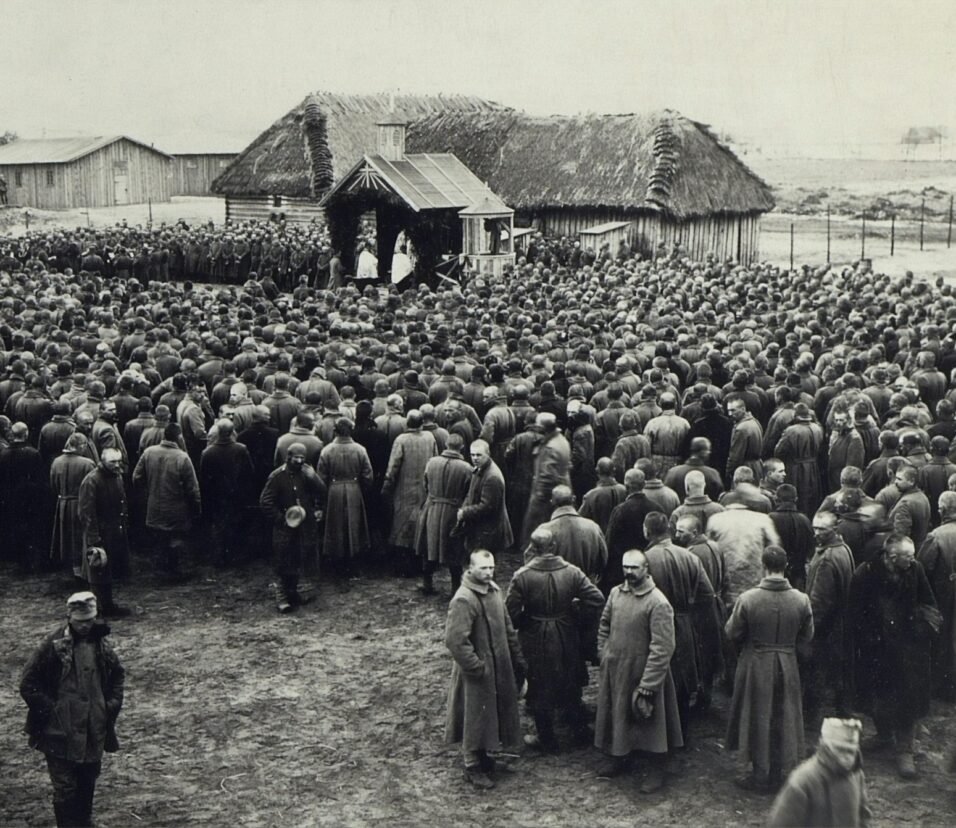Relief, Reform, and Recovery
Introduction
The Great Depression, spanning from 1929 to 1939, was one of the most devastating economic downturns the United States ever faced. With unemployment reaching a staggering 25% and businesses and banks closing down, the nation was in dire straits. In response to this, President Franklin D. Roosevelt introduced the New Deal, which was encapsulated in three core principles: Relief, Reform, and Recovery. This article delves deep into these concepts, their implications, and their significance in American history.
Relief: Immediate Aid for the Afflicted
Relief efforts were aimed at providing immediate assistance to millions of Americans. These were short-term solutions to get people through the immediate crisis.
- Civilian Conservation Corps (CCC): One of the first relief programs, it provided jobs for young, unmarried men in forestry, flood control, and the like.
- Federal Emergency Relief Administration (FERA): Provided states with direct relief payments or grants for the unemployed.
- Public Works Administration (PWA): Produced construction jobs, building roads, schools, hospitals, and more.
This direct intervention helped alleviate the immediate suffering of many families and ensured that they could sustain themselves during these tough times.
Reform: Rectifying the System
Reform measures aimed to address the root causes of the economic downturn, focusing on the financial systems and ensuring that such a catastrophe wouldn’t repeat itself.
- Glass-Steagall Banking Act: Separated commercial banking from investment banking to prevent the kind of risky behavior that led to the stock market crash in 1929.
- Securities and Exchange Commission (SEC): Established to regulate the stock market and prevent dubious practices.
- Social Security Act: Provided an income for the elderly, setting up a system of pensions, and creating a system of unemployment insurance.
These reforms sought not just to address the current crisis, but to ensure that future generations did not experience such hardships.
Recovery: Rebuilding the Economy
The recovery initiatives aimed at rejuvenating the economy by focusing on long-term solutions.
- National Industrial Recovery Act (NIRA): Boosted employment by regulating businesses.
- Agricultural Adjustment Act (AAA): Aimed at boosting agricultural prices by offering subsidies to farmers.
- Tennessee Valley Authority (TVA): Not only provided power to the Tennessee Valley, which previously hadn’t been electrified but also provided jobs and improved the quality of life in the area.
These recovery measures were designed to restore confidence in the American economy and spur growth.
Critiques and Controversies
No discussion on the New Deal’s three R’s would be complete without addressing the critiques:
- Growing the Federal Government: Critics, especially conservatives, believed that the New Deal provided the federal government with too much power.
- Economic Disparities: Although the New Deal did provide relief, the wealth gap persisted, and some minority groups didn’t benefit as much from these programs.
- Inefficiency Concerns: Some critics argued that while the intentions were noble, the New Deal programs were riddled with inefficiencies and bureaucratic red tape.
Legacy of the Triple R’s
The legacy of Relief, Reform, and Recovery is still palpable today. The reforms put in place financial regulations that have been the bedrock for financial stability in the U.S. Programs like Social Security are still active and essential for many. Moreover, the notion that the government has a responsibility toward its citizens in times of crisis has shaped policy decisions for decades.
The Rise of a Collective Consciousness
With the implementation of the New Deal’s core principles, a societal shift began to unfold. Americans started to see themselves not just as isolated individuals but as part of a larger community where collective effort was necessary for mutual survival. The dire circumstances of the Depression meant that unity wasn’t just a lofty ideal but an essential strategy. Communities rallied around each other, supporting initiatives that provided aid, reforms, and long-term solutions.
The Transformation of the Role of Government
Before the Great Depression, the U.S. government followed a laissez-faire approach, largely refraining from intervening in the economy. But with the New Deal, the government’s role transformed from a passive entity to an active participant in daily lives. It was now seen as the guardian of the people, capable of stepping in during times of crisis. This transformation established a precedent, leading to a more interventionist stance in subsequent crises, such as economic recessions.
Empowerment of the Working Class
With the introduction of initiatives like the Wagner Act, which bolstered workers’ rights, and the establishment of the Social Security Act, workers felt more secure and valued. Labor unions grew in power and number, and the working class began to see improvements in working conditions, wages, and overall treatment.
Implications for Minorities
While the New Deal was a beacon of hope for many, it wasn’t without its shortcomings when it came to addressing the needs of all Americans. African Americans, in particular, did not benefit equally from the New Deal’s provisions. However, the era did see a slight increase in Black representation in government roles, and the Civilian Conservation Corps and Works Progress Administration did provide jobs to many African Americans. It was a start, albeit an imperfect one, towards a more inclusive approach to relief and recovery.
Conclusion
The New Deal’s principles of Relief, Reform, and Recovery were not just policies to counter the Great Depression. They represented a fundamental shift in how the government saw its role in safeguarding its citizens from economic calamities. While not without its critiques, its legacy serves as a reminder of the resilience of the American spirit and the importance of decisive action in the face of adversity. Whether viewed as a watershed moment in American history or as a set of policies, the New Deal and its Triple R’s remain integral to discussions about government intervention and economic policy.







